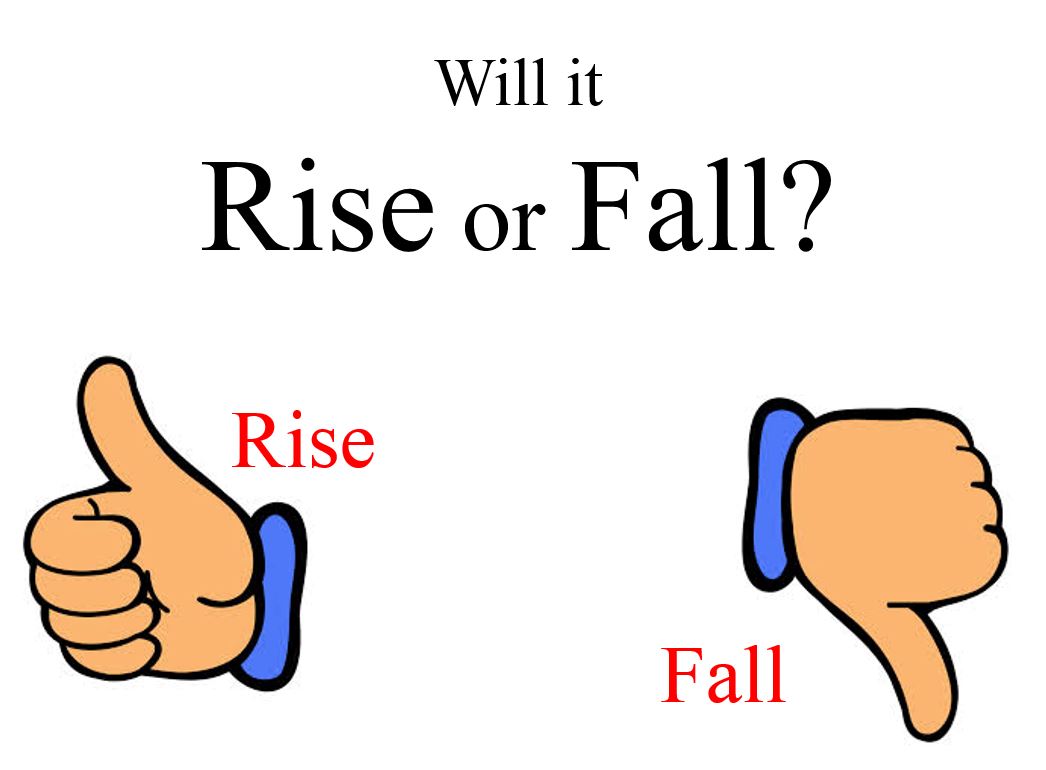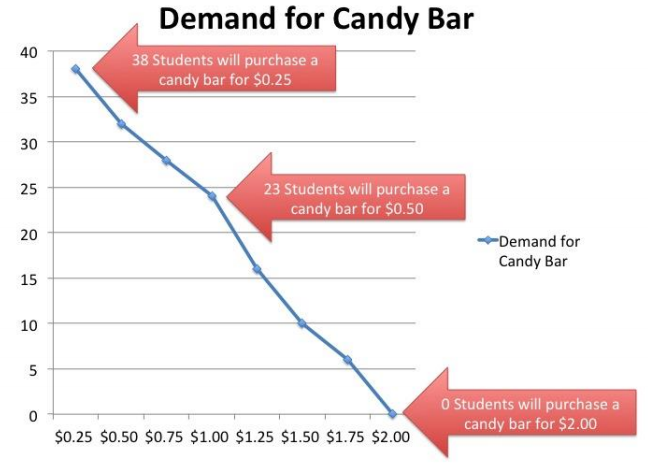Supply and Demand: What If?
Students will demonstrate understanding of the importance of the relationship between producers and consumers by explaining how agricultural supply and demand affects commodity prices.

Background
Lesson Activities
Recommended Companion Resources
Credits
Author
Andrea Gardner | Utah Agriculture in the Classroom
Sources
Standards
Texas Content Area Standards
-
Principles of Agriculture, Food, and Natural Resources: 130.2.c.1
The student demonstrates professional standards/employability skills as required by business and industry. The student is expected to:
- Principles of Agriculture, Food, and Natural Resources: 130.2.c.1.B: apply competencies related to resources, information, interpersonal skills, problem solving, critical thinking, and systems of operation in agriculture, food, and natural resources.
- Principles of Agriculture, Food, and Natural Resources: 130.2.c.1.E: identify careers in agriculture, food, and natural resources with required aptitudes in science, technology, engineering, mathematics, language arts, and social studies.
-
Principles of Agriculture, Food, and Natural Resources: 130.2.c.3
The student analyzes concepts related to global diversity. The student is expected to:
- Principles of Agriculture, Food, and Natural Resources: 130.2.c.3.B: evaluate marketing factors and practices that impact the global markets.
-
Principles of Agriculture, Food, and Natural Resources: 130.2.c.6
The student demonstrates appropriate personal and communication skills. The student is expected to:
- Principles of Agriculture, Food, and Natural Resources: 130.2.c.6.A: demonstrate written and oral communication skills appropriate for formal and informal situations such as prepared and extemporaneous presentations.
- Principles of Agriculture, Food, and Natural Resources: 130.2.c.6.B: demonstrate effective listening skills appropriate for formal and informal situations.
-
Social Studies: 6.113.18.c.12
Citizenship. The student understands the relationship among individual rights, responsibilities, duties, and freedoms in societies with representative governments. The student is expected to:
- Social Studies: 6.113.18.c.12.B: explain the impact of economic concepts within the free enterprise system such as supply and demand, profit, and world competition on the economy of Texas
-
ELA: 6.110.22.b.1
Developing and sustaining foundational language skills: listening, speaking, discussion, and thinking- oral language. The student develops oral language through listening, speaking, and discussion.
- ELA: 6.1.D: The student is expected to participate in student-led discussions by eliciting and considering suggestions from other group members, taking notes, and identifying points of agreement and disagreement.
-
ELA: 6.110.22.b.2
Developing and sustaining foundational language skills: listening, speaking, reading, writing, and thinking--vocabulary. The student uses newly acquired vocabulary expressively.
- ELA: 6.2.A: The student is expected to use print or digital resources to determine the meaning, syllabication, pronunciation, word origin, and part of speech.
- ELA: 6.2.B: The student is expected to use context such as definition, analogy, and examples to clarify the meaning of words.
-
ELA: 7.110.23.b.1
Developing and sustaining foundational language skills: listening, speaking, discussion, and thinking- oral language. The student develops oral language through listening, speaking, and discussion.
- ELA: 7.1.D: The student is expected to engage in meaningful discourse and provide and accept constructive feedback from others.
-
ELA: 7.110.23.b.2
Developing and sustaining foundational language skills: listening, speaking, reading, writing, and thinking--vocabulary. The student uses newly acquired vocabulary expressively.
- ELA: 7.2.A: The student is expected to use print or digital resources to determine the meaning, syllabication, pronunciation, word origin, and part of speech.
-
ELA: 8.110.24.b.1
Developing and sustaining foundational language skills: listening, speaking, discussion, and thinking- oral language. The student develops oral language through listening, speaking, and discussion.
- ELA: 8.1.D: The student is expected to participate collaboratively in discussions, plant agendas with clear goals and deadlines, set time limits for speakers, take notes, and vote on key issues.
-
ELA: 8.110.24.b.2
Developing and sustaining foundational language skills: listening, speaking, reading, writing, and thinking--vocabulary. The student uses newly acquired vocabulary expressively.
- ELA: 8.2.A: The student is expected to use print or digital resources to determine the meaning, syllabication, pronunciation, word origin, and part of speech.
-
Math: 6.111.26.b.1
Mathematical process standards. The student uses mathematical processes to acquire and demonstrate mathematical understanding.
- Math: 6.1.D: The student is expected to communicate mathematical ideas, reasoning, and their implications using multiple representations, including symbols, diagrams, graphs, and language as appropriate.
-
Math: 6.111.26.b.5
Proportionality. The student applies mathematical process standards to solve problems involving proportional relationships.
- Math: 6.5.A: The student is expected to represent mathematical and real-world problems involving ratios and rates using scale factors, tables, graphs, and proportions.
-
Math: 6.111.26.b.12
Measurement and data. The student applies mathematical process standards to use numerical or graphical representations to analyze problems.
- Math: 6.12.A: The student is expected to represent numeric data graphically, including dot plots, stem-and-leaf plots, histograms, and box plots.
-
Math: 7.111.27.b.1
Mathematical process standards. The student uses mathematical processes to acquire and demonstrate mathematical understanding.
- Math: 7.1.D: The student is expected to communicate mathematical ideas, reasoning, and their implications using multiple representations, including symbols, diagrams, graphs, and language as appropriate.
-
Math: 8.111.28.b.1
Number and operations. The student applies mathematical process standards to add, subtract, multiply, and divide while solving problems and justifying solutions.
- Math: 8.1.D: The student is expected to select tools, including real objects, manipulatives, paper and pencil, and technology as appropriate, and techniques, including mental math, estimation, and number sense as appropriate, to solve problems.
-
Math: 8.111.28.b.11
Measurement and data. The student applies mathematical process standards to use statistical procedures to describe data.
- Math: 8.11.A: The student is expected to construct a scatterplot and describe the observed data to address questions of association such as linear, non-linear, and no association between bivariate data.
-
Technology Applications: 126.17.c.1
Computational thinking--foundations. The student explores the core concepts of computational thinking, a set of problem-solving processes that involve decomposition, pattern recognition, abstraction, and algorithms. The student is expected to:
- Technology Applications: 126.17.c.1.B: analyze the patterns and sequences found in visual representations such as learning maps, concept maps, or other representations of data

